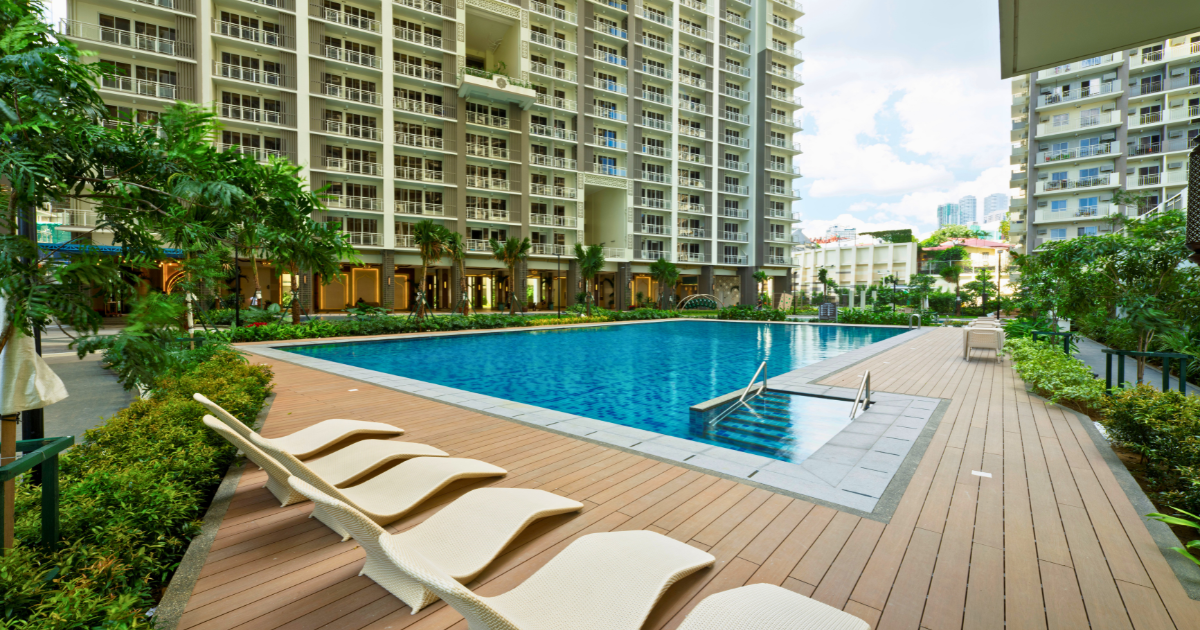DMCI Homes Applauds Visionary Archi Students in UP
DMCI Homes renewed ties with the academic community by extending support to the University of the Philippines-College of Architecture (UPCA) on the institution’s annual exhibition of students’ works in this year’s Haraya.
Haraya is Filipino for imagination, and the meaning is particularly apt because the event’s theme is “visionary” design. Event participants include thesis students from the college’s four programs--BS Architecture, Bachelor of Landscape Architecture, Master of Architecture, and Master of Tropical Landscape Architecture. The objective throughout the school year was for students to forecast and produce projects of the kind of aesthetics and technology that will be available in the next two to three decades. Given that planning and building structures and spaces take some time, the challenge to be both prescient and applicable is not for simply futuristic interest; this means that the projects can actually be carried out if there is a requirement in the present.
Visitors were invited to the Haraya 2012; the list of activities include the event opening, the Parangal sa Mag-aaral, the Arki clinic, Arki talks delivered by career experts, book fair and product demonstrations. At the Arki clinic, DMCI Homes Gerardo Ramos, Senior Architect, and Jeanney Padrigo, Interior Designer--both UP graduates, joined some members of the UPCA faculty in conducting one-on-one professional advice sessions with members of the UP community who want to purchase, build, renovate, or decorate a home.
According to one of the event organizers, Trisha Cruz, sophomore BS Architecture student, “Haraya is one of the most enriching events in the college because it is the one closest to home – it actually showcases our works, our plates that we worked hardest on... Haraya goes on, I think, because every year we have to improve, and that’s not a bad thing. It shows that we’re dynamic, always evolving so that Haraya could be the best event to serve the students.”
Some of the award-winning thesis projects included studies for a recycling theme park in Payatas, an eco-furniture design studio, a concept resort for honeymooners, and a library conceptualized as a park. One of the key principles that guided the best students’ works this year, according to UPCA Dean Mary Ann Espina, is sustainability. Only a few years ago, as she recounted, maximum daylight, natural ventilation, and use of indigenous materials were regarded as novel features, but today they are considered basic requisites. According to Jan Venturanza, Marketing Manager of DMCI Homes, these “green” principles, before they were even called “green,” are being upheld by the company, which concerns itself with tropical and resort-inspired architecture.
DMCI Homes recently joined the Philippine Green Building Council as a Regular Corporate Member. “Although none of our buildings are formally BERDE certified yet, we’re confident that our projects will pass green certifications because conceptually, they were designed in consideration of sustainable principles that are required by resort-inspired developments,” reiterated Venturanza.
Condominium communities have been steadily on the rise, with their built-in advantages and challenges. As a residential developer that caters to middle-income families, DMCI Homes explores structural and design solutions that are woven into contemporary social and lifestyle dynamics. The resort-inspired attributes of its developments, Venturanza said, represent only one aspect of tropical architecture. Another flagship feature of its residential high-rises is the Lumiventt technology, which is the interplay of at least three elements – breezeways, sky patios, and garden atriums – that help enhance the well-being of residents by optimizing airflow and natural indoor illumination.
The UPCA and DMCI Homes are part of the ecosystem in which we interact, study, work, and raise families, and both institutions regard each other as partners in sustainable living initiatives. According to Dean Espina, the UP College of Architecture produces graduates who are needed in the industry, and DMCI Homes produces shelter, which is a basic need for families. “The manner by which we train our students to satisfy that need is very high in terms of social and environmental content.” She explained it further: “This means we don’t just design housing to house people; we design housing so they will be placed in protected areas. We carry our advocacy not only through private practice but also through the academe. Our students are sent out in the field so they know what’s happening, and they themselves work toward that cause. DMCI Homes as a partner can be our model developer to help us in our advocacy.”
The goal of the architect of our time is to balance innovative building designs with real world scenarios where products have to be engineered for exceptional value and benefits. Venturanza said, “Clients appreciate the design of buildings but they should have practical benefits. The bottom line for customers is physical and psychological well-being, as well as reduced utility bills.” He talked about widening the circle of benefit from the condo unit owner to the general public: “When you design buildings that are sustainable, it has a lot of aspects, including obtaining resources. It means using sustainable materials, which also boosts the economy within the locality from which the materials are sourced. Reduction of energy consumption is still the main benefit… when more communities care about energy conservation, of course, overall demand of energy will decrease, and power generation requirements will be minimized.”
Haraya 2012 of the UP College of Architecture was a good venue for presenting the company to college students who, in a few months or years, will comprise the local pool of practicing architects and designers. “Hopefully, many of them will consider working in DMCI Homes in the future. Many of our in-house architects, engineers, and interior designers, are of course, proud UP graduates,” Venturanza stated. “Haraya is ultimately a celebration of good design, and we want to be known as a company that promotes good design.” ###
This article can also be viewed on The Philippine Star online.
How do you feel about it?






